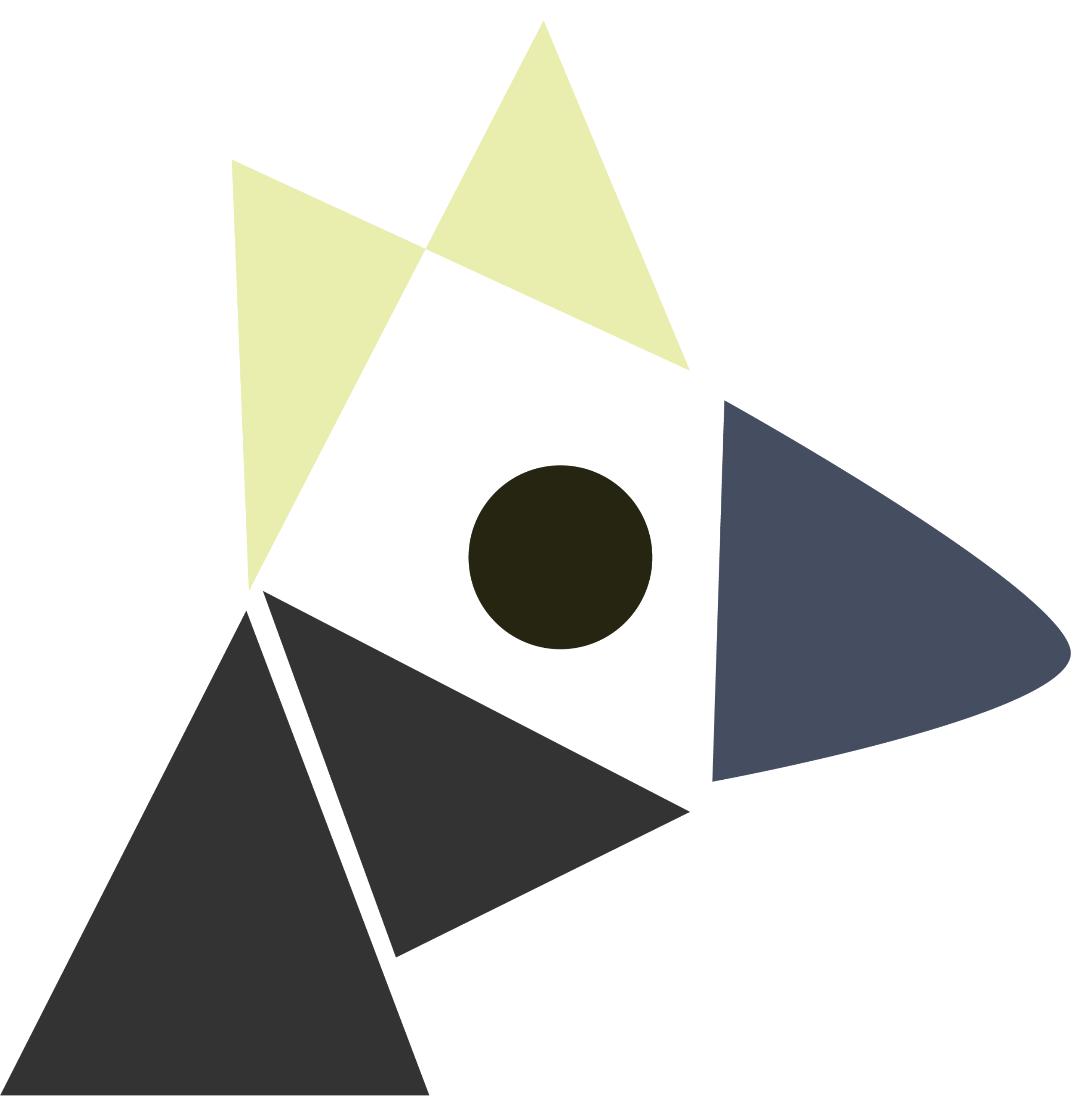An Orthonormal basis is defined as a basis of a finite-dimensional vector space that’s orthonormal.
Additional Information
orthonormal list of the right length is a basis
An orthonormal list is linearly independent, and linearly independent list of length dim V are a basis of V. \(\blacksquare\)
Writing a vector as a linear combination of orthonormal basis
According to Axler, this result is why there’s so much hoopla about orthonormal basis.
Result and Motivation
For any basis of \(V\), and a vector \(v \in V\), we by basis spanning have:
\begin{equation} v = a_1e_1 + \dots a_{n}e_{n} \end{equation}
Yet, for orthonormal basis, we can actually very easily know what the \(a_{j}\) are (and not just that some \(a_{j}\) exist). Specifically:
\begin{equation} a_{j} = \langle v,e_{j} \rangle \end{equation}
That is, for orthonormal basis \(e_{j}\) of \(V\), we have that:
\begin{equation} v = \langle v, e_{1} \rangle e_{1} + \dots + \langle v, e_{n} \rangle e_{n} \end{equation}
for all \(v \in V\).
Furthermore:
\begin{equation} \|v\|^{2} = | \langle v,e_1 \rangle|^{2} + \dots + | \langle v, e_{n} \rangle|^{2} \end{equation}
Proof
Given \(e_{j}\) are basis (nevermind orthonormal quite yet), we have that:
\begin{equation} v = a_1e_{1} + \dots + a_{n}e_{n} \end{equation}
WLOG let’s take \(\langle v, e_{j} \rangle\):
\begin{equation} \langle v,e_{j} \rangle = \langle a_1e_1 + \dots +a_{n}e_{n}, e_{j} \rangle \end{equation}
Given additivity and homogenity in the first slot, we now have:
\begin{equation} \langle v, e_{j} \rangle = a_{1}\langle e_1, e_{j} \rangle + \dots +a_{n}\langle e_{n}, e_{j} \rangle \end{equation}
Of course, each \(e_{i}\) and \(e_{j}\) are orthogonal, so for the most part \(a_{i}\langle e_{i}, e_{j} \rangle = 0\) for \(i \neq j\). Except where \(a_{j} \langle e_{j}, e_{j} \rangle = a_{j} 1 = a_{j}\) because the \(e\) vectors are also norm 1.
Therefore:
\begin{equation} \langle v, e_{j} \rangle= 0 + \dots +a_{j} + \dots +0 = a_{j} \end{equation}
We now have \(\langle v,e_{j} \rangle = a_{j}\) WLOG for all \(j\), as desired.
Plugging this in for each \(a_{j}\) and applying Norm of an Orthogonal Linear Combination yields the \(\|v\|^{2}\) equation above. \(\blacksquare\)
